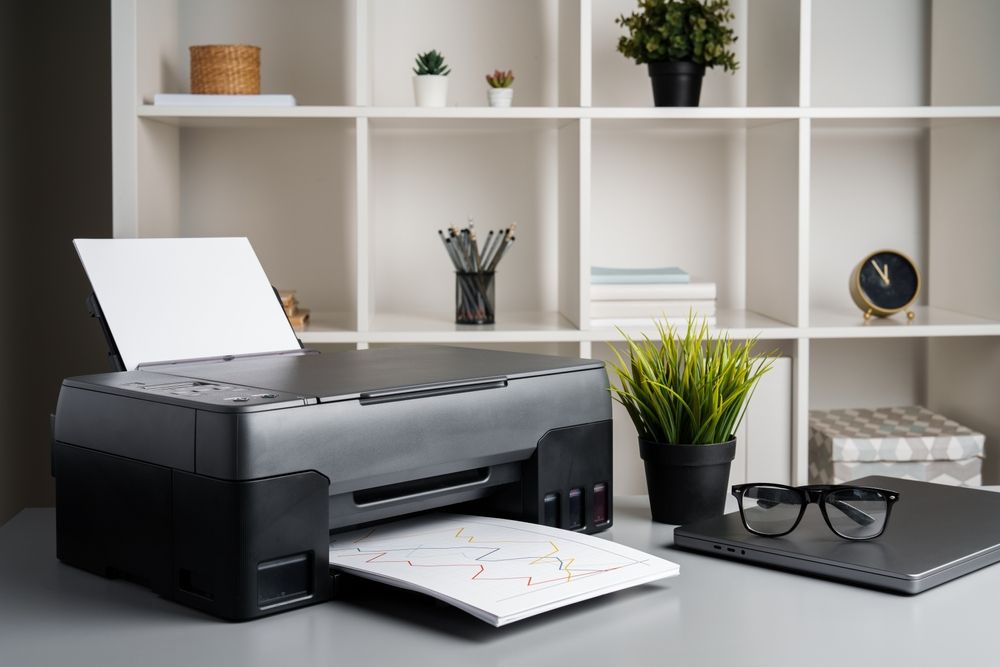Shopping for a new laptop can feel exciting—but also confusing. Everywhere you look, retailers advertise “huge discounts,” “limited-time deals,” and “best price ever!” Yet many of these promotions are carefully crafted marketing tricks designed to make you think you're getting a bargain even when you’re not.
Understanding how laptop pricing works, how retailers frame discounts, and how to identify fake markdowns can save you hundreds of dollars. With the right knowledge, you can confidently tell the difference between a real deal and a price engineered to look like one.
Here’s how to cut through the advertising noise and know exactly when a laptop discount is truly worth grabbing.
Start by Understanding “Artificial Original Prices”
One of the most common marketing tactics is inflating the “original price” so the discount looks bigger. Retailers call this an “anchor price”—a psychological tool that makes the sale price seem much more attractive.
For example, a laptop listed as:
-
“Was $999, now $699!”
…sounds like an incredible $300 savings. But if that model was never actually sold for $999 anywhere, the discount is misleading.
Here’s how to spot this trick:
-
Check whether the “original price” aligns with typical prices for similar specs.
-
Compare the model with other retailers to see the real average selling price.
-
If only one store shows a massive markdown, the original number may be inflated.
If a laptop claims a 40–60% discount outside holiday sales, it’s often a red flag.
Look for Sales That Coincide With Retail Cycles
Real discounts usually follow predictable annual sales cycles such as:
-
Back to school
-
Black Friday and Cyber Monday
-
End-of-year clearance
-
New model release periods
If a laptop is on sale outside of these cycles, it may be a marketing tactic rather than a genuine markdown.
Retailers often roll out “flash sales” to draw attention, but the actual price may match what the laptop normally sells for.
This is why timing matters: real discounts align with inventory turnover, not random days of the year.
Compare Prices Across Multiple Retailers
A genuine discount tends to be reflected across multiple stores. If only one retailer is advertising a big markdown and everyone else has a similar price without calling it a sale, the “discount” is probably just normal pricing dressed up to look dramatic.
To compare prices effectively:
-
Search the exact model number (including letters and numbers).
-
Compare prices on the same storage and RAM configurations.
-
Check manufacturer websites and authorized retailers.
Retailers sometimes discount slightly different versions of a model—like one with slower storage or a previous-year processor—then advertise a large discount to mislead buyers.
Cross-store comparison exposes these mismatches quickly.
Check the Generation of the Processor
One of the easiest ways retailers trick shoppers is by discounting laptops with older processors but making the sale sound huge.
For example, a laptop with a processor two generations old may be priced at $499 and marked down from $899. This looks like a great deal, but the higher “original” price reflects what a newer model would cost—not the outdated one you’re actually getting.
To avoid this trap:
-
Look for the exact processor generation.
-
Remember: newer laptop generations drop older model prices significantly—often permanently.
-
A “big sale” on an older model might simply reflect its true value in today’s market.
Knowing processor generations prevents you from overpaying for outdated hardware disguised as a bargain.
Don’t Be Fooled by “Open-Box” or “Refurbished” Markdowns
Open-box or refurbished laptops are often excellent bargains—but only when clearly labeled and fairly priced.
Retailers sometimes mark refurbished models with artificially high “original prices” to exaggerate the discount. For instance:
-
“Open-Box: $599 (original price $949)”
…but the new version may be selling everywhere else for $699.
To determine if the markdown is real:
-
Compare with the brand-new price at multiple stores.
-
Check warranty details and return policies.
-
Verify the laptop's condition rating (excellent, good, fair).
A solid open-box deal is typically 10–25% cheaper than the new version—not 40% or more unless something is off.
Watch for “Doorbuster” Traps
A “doorbuster deal” is meant to create urgency and drive traffic, but sometimes retailers only discount a minimum number of products—like one unit per store.
After those sell out, shoppers often end up buying other laptops at much higher prices because the marketing created pressure to buy something.
Signs of a doorbuster trick include:
-
“Limited quantities”
-
“No rain checks”
-
“Only available in-store”
-
“Up to X% off”
If a deal is being used mainly to lure you in, it may not be a reliable discount.
Avoid Falling for Extended Warranty Pressure
Retailers often pair large laptop “discounts” with aggressive upsells—especially extended warranties, software packages, and accessories.
Sometimes the laptop price is lowered specifically to encourage customers to buy:
-
Expensive protection plans
-
Premium tech support packages
-
Overpriced accessories
-
Installation services
This can eat up your savings, making the “deal” meaningless.
A real discount stands on its own and doesn’t require add-ons to justify its value.
Identify Price Drops That Are Actually Model Phase-Outs
When a laptop model is being discontinued, retailers often advertise dramatic markdowns—but these aren’t always true discounts. They may be simply lowering the price to match its new value since a newer model has replaced it.
This isn’t necessarily a bad thing—you can still get fantastic value—but it’s important to recognize that:
-
You’re comparing a discontinued item to a new one
-
The “original price” no longer reflects the market
-
The laptop’s long-term support may be shorter
The discount is real only if you understand what you're getting into and the price matches what the specs warrant.
Pay Attention to Storage and RAM Differences
Sometimes a retailer advertises a laptop as “on sale,” but the discount applies to a lower-spec version—like less storage or slower RAM.
Example:
-
The 512GB model isn’t discounted at all
-
But the 128GB model is “40% off,” making consumers believe the whole line is on sale
Always double-check storage, RAM, processor speed, and screen resolution so you’re comparing apples to apples.
Watch for Bundles That Inflate Value
Bundles can be helpful, but they also can make discounts appear bigger than they really are.
A common tactic:
-
Include cheap accessories like a mouse or basic case
-
Add old software nobody needs
-
Inflate the value of the bundle
-
Label the entire thing as “$400 worth for $799!”
If the actual laptop itself isn’t discounted, the deal is mostly marketing.
Use the “30-Second Value Test”
To quickly determine if a laptop discount is real, run it through this simple 3-step check:
-
Search the exact model number at three other retailers
-
If prices are similar, it's not a special sale.
-
-
Check the processor generation and release year
-
Big discounts on old models are normal—not true markdowns.
-
-
Compare the discount to the typical yearly sales cycle
-
Major discounts outside holiday seasons require extra scrutiny.
-
If the laptop passes these three checks, the sale is much more likely to be real.
Spotting real laptop discounts isn’t about memorizing technical specs or chasing every sale. It’s about understanding pricing patterns, recognizing marketing tricks, and knowing how to compare models effectively.
Once you know how retailers structure their promotions, it becomes surprisingly easy to tell whether you’re looking at genuine savings or a cleverly disguised full-price item.
With the strategies above, you’ll never fall for inflated discounts, misleading bundles, or outdated-model markdowns again. Instead, you’ll confidently identify real deals—and get the laptop you want at the price you deserve.





